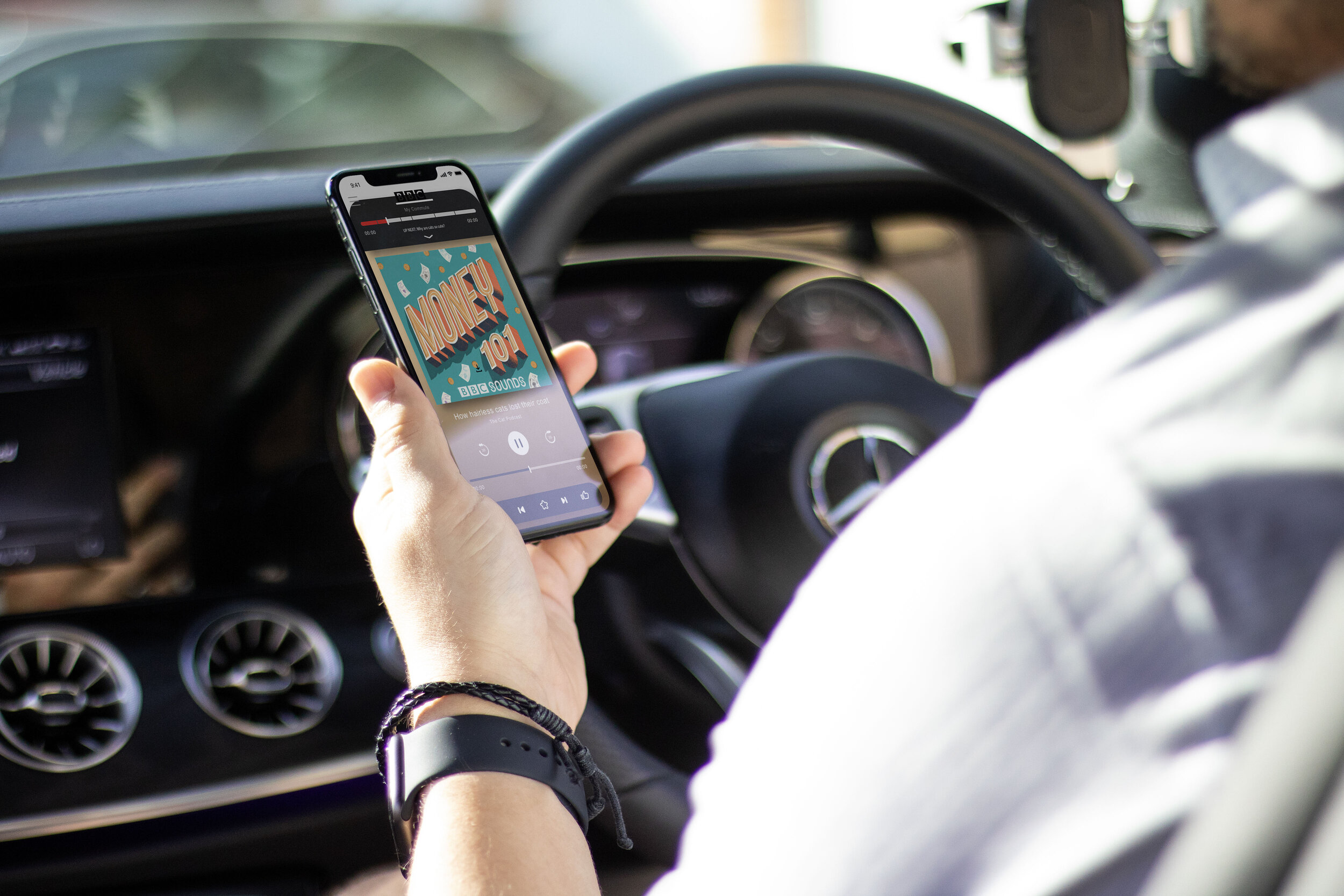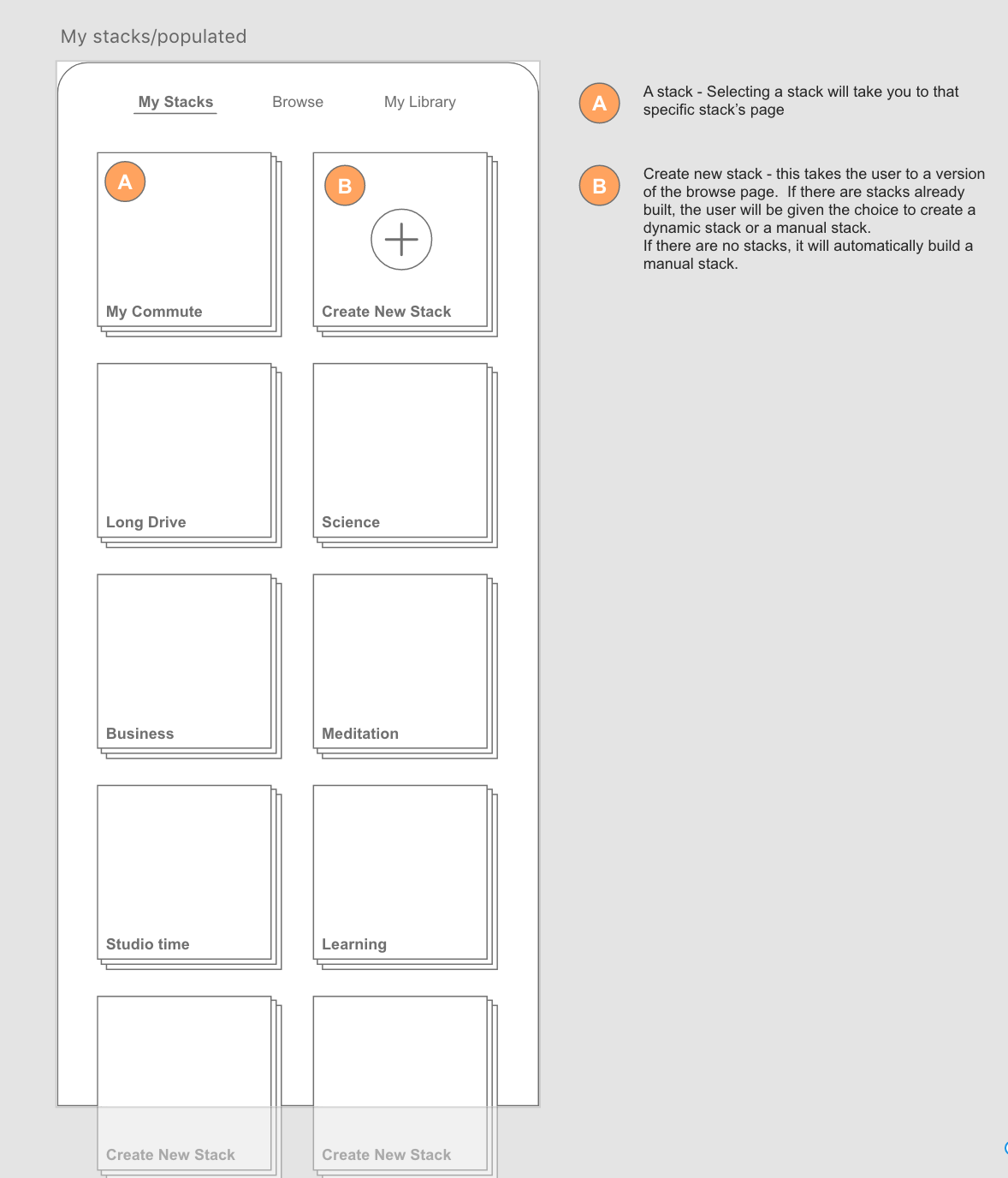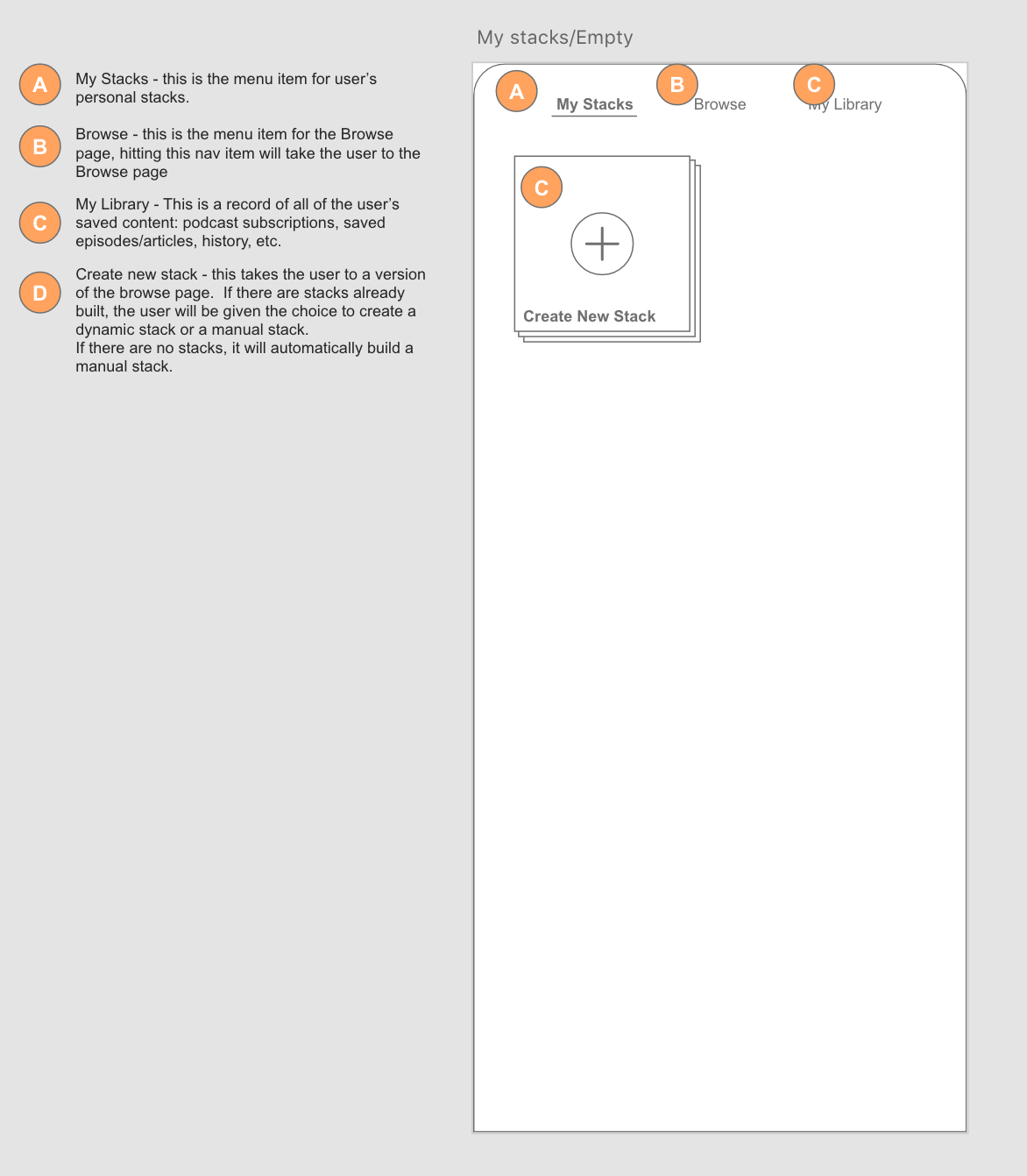BBC Digest
What can the BBC do to help people through the drudgery of their daily commute?
6 weeks | Group project, role: wireframes, experience strategy, product design
JUMP TO: INTRODUCTION | SOLUTION | PROCESS | CONCLUSION
Introduction
Background
Commuting - once a major time suck in the lives of many has vanished from countless daily routines due to COVID-19. But when the world goes back to work and commutes go from a walk to the kitchen table to hours in a car or on a train, the stresses of commuting will return full force.
Studies have shown those with longer commutes are more likely to suffer from anxiety and depression. However, people who enjoy their commutes are people that are able to see it as an opportunity to get things done, prepare for their day, or use the time to shift their mindset (HBR).
The Challenge
News apps are losing viewers to aggregators such as apple news, that pull from multiple sources.
The BBC alone has a number of different apps, one for each of their various sectors of news and content. Alternatively, aggregators like Apple News have nearly all aspects of BBC news represented in one location.
Why would users download several news apps when they can use an aggregator to get it all in one place?
Opportunity
Help commuters see their increasing time in transit as more than something to suffer through, but as "me" time, by aggregating their commuting content into one place.
Solution
Product Description
BBC Digest is a content aggregator that brings together content from across BBCs platforms,and packages it into personalized collections timed to fit into any schedule.
Features
Create a Stack
The user creates stacks of content based on their preferences and the amount of time they have. A stack is essentially a playlist that can include written, audio, and video content. This means the user can read the morning news, listen to their favorite podcast, and watch football replays, all from the same screen.Customizing a Stack
The length of the stack is determined by a preferred time limit, distance from your destination, or unlimited time.
The user can choose which kind of content they want in the stack. For example someone driving to work might not want written or video content.
Adding Content
The user adds content to their stack. When they "play" the stack later, it will cue up their preferred content and suggested content based on their preferences.Content Viewer
The content viewer is where the user can read articles and find the controls for audio and video content.- The bar at the top of the viewer shows how far along in the stack you are. A swipe down reveals the entire queue for the stack where you can see what kind of content and how long the content is. You can also rearrange the content or delete it.
- The user can download the stack ahead of time when there is limited service or wifi. This is useful for those commuting via subway or road trips.
- The bottom of the view has controls to like or dislike content, which indicates whether the user want more or less content like what is currently being viewed.
- A save button adds the content into "My Library" so the user can come back to it later.
Who This Serves
Commutes are getting longer and longer, especially for young adults who commute the equivalent of 3 days longer per year than their parents. Long commutes lead to decreased happiness and life satisfaction. BBC Digest allows commuters to make the most of their commute and reframe their daily journey as time for themselves. The primary target is the Gen Z commuter, as they are the most likely to consume content on their phone during their commute, however the platform is intended to work for anyone.
Process
Research & Ideation
We talked to some passionate puplic transport users about how long their commutes are and asked them what they are doing during their commute.
We came up with a few territories to dive into and then did a bunch of brainstorming using the “Crazy 8s” exercise.
Wireframes and Annotations
We started the process with sketches and writing to get the ideas down on paper. Once we had the page features sorted out, we created wireframes to figure out how the interactions would work. After that we went through multiple round of visual explorations to nail down the final screens. See the progression below.
Progression from sketches to final visuals
Annotations
Conclusion
In a world where so much feels out of our control, we take comfort in what we do have control over.
BBC Digest can take the daily commute from something to get through to something just for you, by empowering commuters to claim their commute time as time for themselves.
BBC Digests transitions the BBC mobile experience from just news to an essential place where entertainment and news not only meet, but are highly personalized based on your daily routine and content preferences.
Looking Back
This project was created for a brief for the D&AD Young Bloods Competition. This was challenging to work with a client brief but it was a fun project to take on.
Due to COVID our team went from working face to face, to figuring out how to meet virtually, however, the biggest impact COVID had on this project was to our core idea - our idea is centered around commuting which people are not currently doing. Rather than pivot, we know that people will eventually have to return to commuting in some way, even if it is less, and they will be even more in need of a way to take advantage of their commute time.
Teammates
Mareya Stearns - Experience Designer
Tory Nagel - Strategist
Where to now?
Check out some more digital product design work










